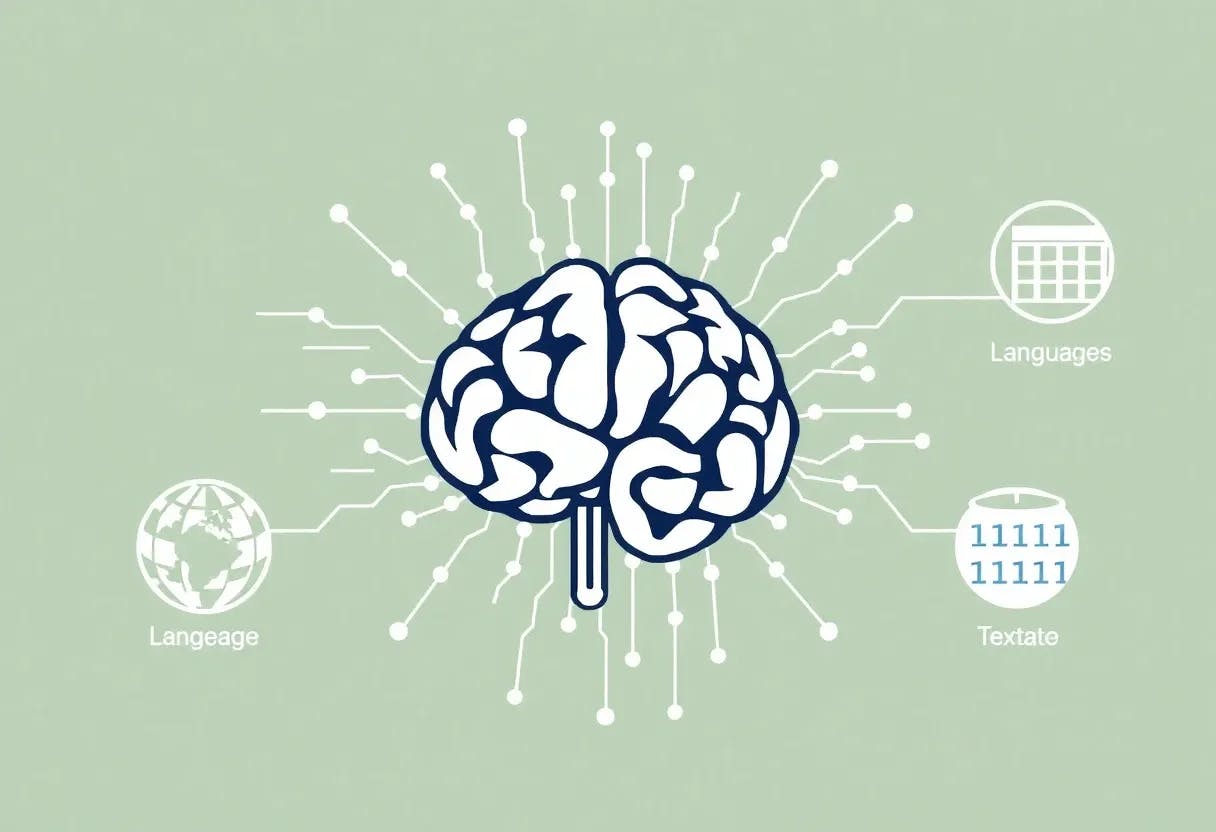Authors:
(1) Liang Wang, Microsoft Corporation, and Correspondence to ([email protected]);
(2) Nan Yang, Microsoft Corporation, and correspondence to ([email protected]);
(3) Xiaolong Huang, Microsoft Corporation;
(4) Linjun Yang, Microsoft Corporation;
(5) Rangan Majumder, Microsoft Corporation;
(6) Furu Wei, Microsoft Corporation and Correspondence to ([email protected]).
Table of Links
3 Method
4 Experiments
4.1 Statistics of the Synthetic Data
4.2 Model Fine-tuning and Evaluation
5 Analysis
5.1 Is Contrastive Pre-training Necessary?
5.2 Extending to Long Text Embeddings and 5.3 Analysis of Training Hyperparameters
B Test Set Contamination Analysis
C Prompts for Synthetic Data Generation
D Instructions for Training and Evaluation
D Instructions for Training and Evaluation
We manually write instructions for training datasets, as listed in Table 13. For evaluation datasets, the instructions are listed in Table 14.







![Table 15: Results for each dataset in the MTEB benchmark. The evaluation metrics and detailed baseline results are available in the original paper [28].](https://cdn.hackernoon.com/images/fWZa4tUiBGemnqQfBGgCPf9594N2-eqf30n2.png)
This paper is available on arxiv under CC0 1.0 DEED license.

